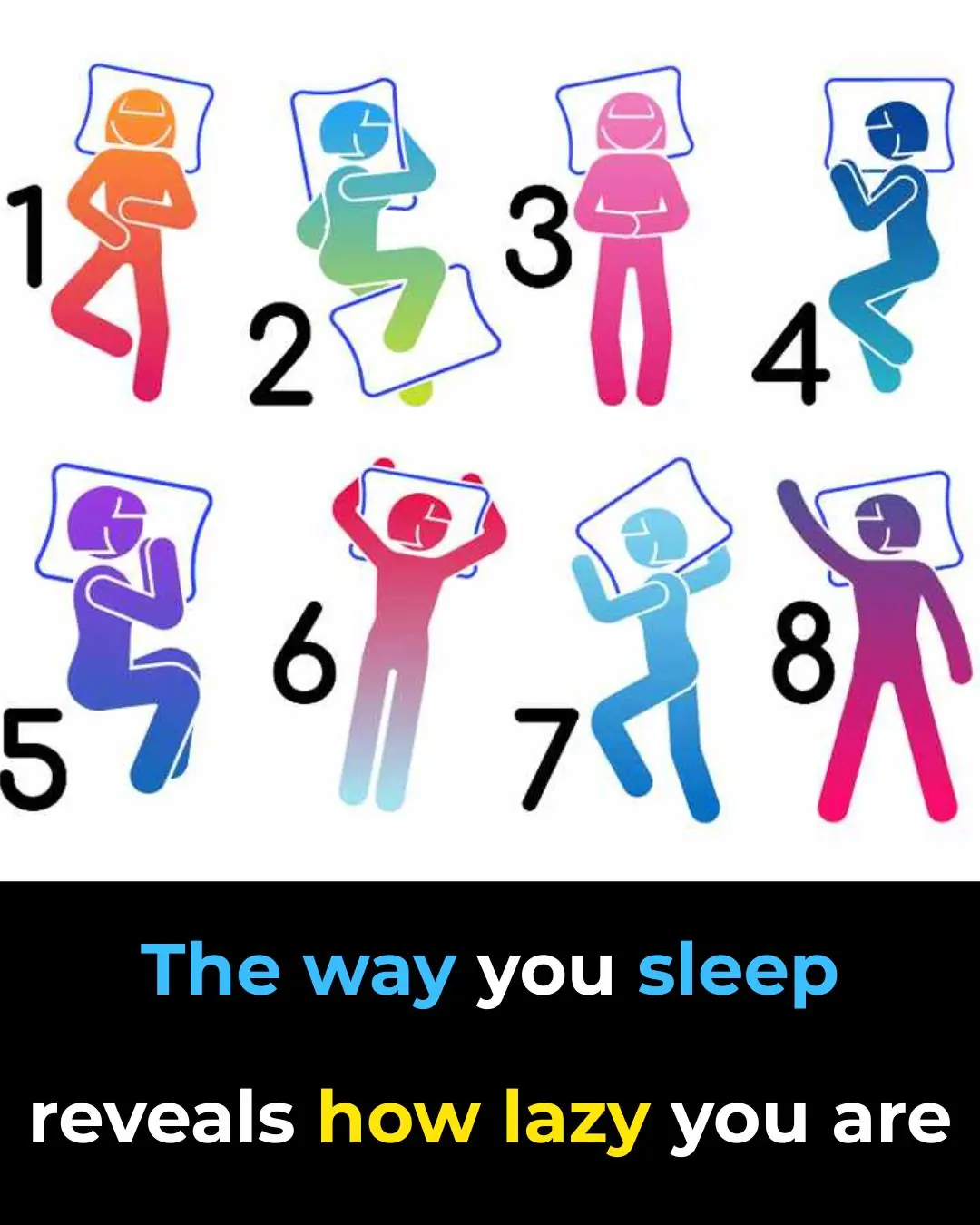
Bill Gates–Backed Beyond Meat Faces Collapse After Massive Stock Drop

Beyond the Burger: How the Fall of Beyond Meat Reveals the Limits of Tech-Driven Sustainability
Once celebrated as the future of food, Beyond Meat promised nothing less than a culinary revolution. The California-based company envisioned a world where beef and chicken would be replaced by pea protein and canola oil, where dinner plates could help heal the planet rather than harm it. Its mission sounded both noble and inevitable: to combat climate change, conserve land and water, and feed a booming population without slaughter or emissions. Backed by celebrity investors, Silicon Valley visionaries, and environmental advocates—including Bill Gates—the company seemed destined to transform the global diet. For a brief, glittering moment, it did.
But as 2025 draws to a close, that optimism has gone sour. Beyond Meat’s market value has collapsed from nearly $8 billion at its height to under $100 million today, with shares trading for less than a dollar. The company that once embodied hope for a greener food system is now a cautionary tale—a story of technological overreach, consumer skepticism, and the stubborn limits of trying to reinvent something as primal and emotional as eating.
The Meteoric Rise of a Meatless Dream
Beyond Meat’s journey began in 2009, when founder Ethan Brown left the energy sector determined to “build meat directly from plants.” His timing was perfect. Climate anxiety was mounting, millennials were embracing sustainability, and venture capital was hungry for the next Tesla-style disruptor. By 2019, Beyond’s burgers and sausages filled grocery aisles and fast-food menus across America. Its IPO was one of the decade’s most explosive—shares tripled on their first day of trading, briefly valuing the company higher than established giants like Tyson Foods.
Beyond wasn’t just selling patties; it was selling purpose. Its packaging promised salvation in the form of a burger: eat this, save the planet. Environmentalists hailed it as a breakthrough; investors called it a moral megatrend. For consumers anxious about climate change but unwilling to abandon comfort food, Beyond Meat offered an elegant compromise—a revolution that still tasted like Friday night dinner.
Yet ideals often struggle against appetite. People wanted to save the Earth, but not at the cost of taste, texture, or price. Beyond’s products, while groundbreaking, never quite matched the sensory satisfaction of real meat and carried a premium price tag. Many customers tried them once out of curiosity and didn’t return. As the novelty wore off, grocery data began telling a quieter truth: the repeat purchase rate was slipping, and the once-booming demand was cooling. The dream of effortless dietary transformation began to crack.
The Fall: When Hype Meets Hunger
The decline accelerated through 2024 and 2025. Beyond Meat reported plunging revenues, rising debt, and evaporating investor confidence. In October 2025, the company unveiled a last-ditch plan to swap debt for equity and issue hundreds of millions of new shares—an act of financial triage that sent the stock tumbling nearly 50 percent in a single day. Once a Wall Street darling, Beyond is now described by Bloomberg analysts as “teetering on the edge of insolvency.”
Behind those grim numbers lies a larger trend: the fake-meat market itself has cooled. McDonald’s ended its “McPlant” pilot, Dunkin’ dropped Beyond Sausage from menus, and Burger King’s “Impossible Whopper,” made by Beyond’s rival, has stalled in sales. Research from GlobalData shows that U.S. retail sales of plant-based meat fell almost 10 percent in 2024. Shoppers cite the same three deterrents—taste, cost, and a growing perception that these foods are “ultra-processed.”
Operationally, Beyond faces the same paradox haunting many “green” tech companies: producing sustainability at scale is rarely sustainable for profits. Creating plant-based protein that mimics beef requires complex extrusion technology, precision flavor chemistry, and heavy energy use. Each step chips away at margins. Despite layoffs, product diversification, and factory cutbacks, profitability remains out of reach. Beyond became a victim of its own engineering ambition—offering high-tech food to consumers who increasingly crave simplicity and authenticity.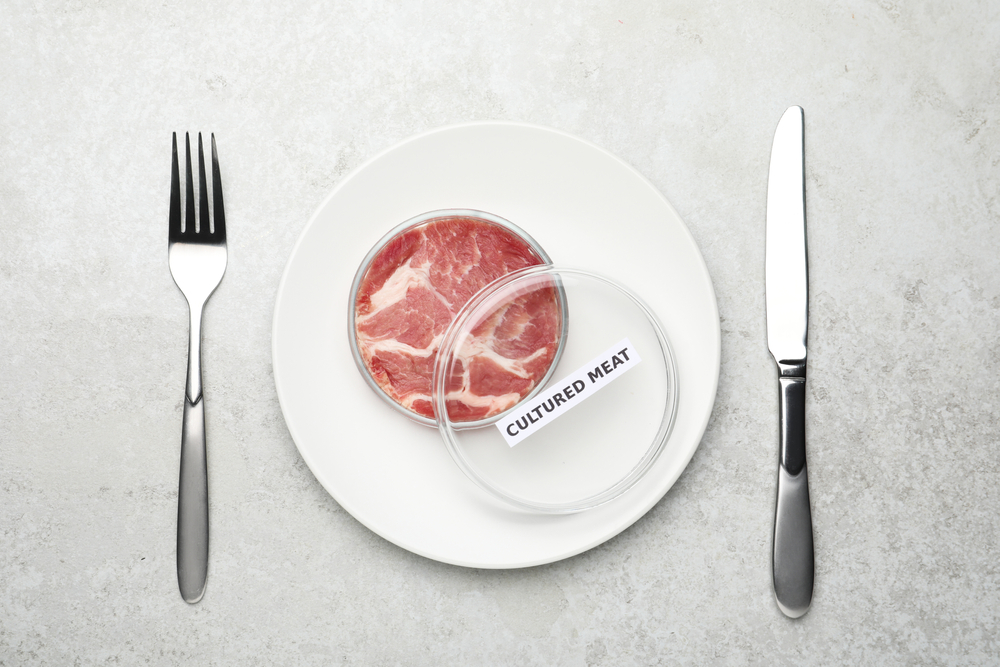
Bill Gates, Farmland, and the Myths of Control
Bill Gates’s name appears frequently in this narrative—sometimes as visionary, sometimes as villain. His private investment firm, Cascade Investment LLC, owns about 270,000 acres of U.S. farmland, making him the largest private farmland owner in the country. To critics, that figure feeds dystopian fears of monopolized food systems. Yet in context, it represents only 0.03 percent of total U.S. farmland—hardly empire-building, though certainly influential.
Conspiracy theories claim Gates aims to “control” the food supply through synthetic meat and farmland investments. But investigations by Forbes, The Guardian, and Business Insider have found no evidence of such orchestration. Gates himself argues his farmland holdings are part of a long-term strategy to promote sustainable agriculture, not to dictate diets. His interest in alternative proteins stems from data showing livestock emissions as a major climate driver.
Still, perception matters. Gates epitomizes the technocratic belief that every global problem can be engineered away—with enough data, money, and design. Beyond Meat’s collapse exposes the cracks in that worldview. You can optimize production, automate supply chains, and model sustainability on spreadsheets—but you can’t code human nostalgia. Taste, tradition, and memory remain immune to venture capital. For all his influence, Gates is learning an old rural truth: people eat what they love, not what they’re told to love.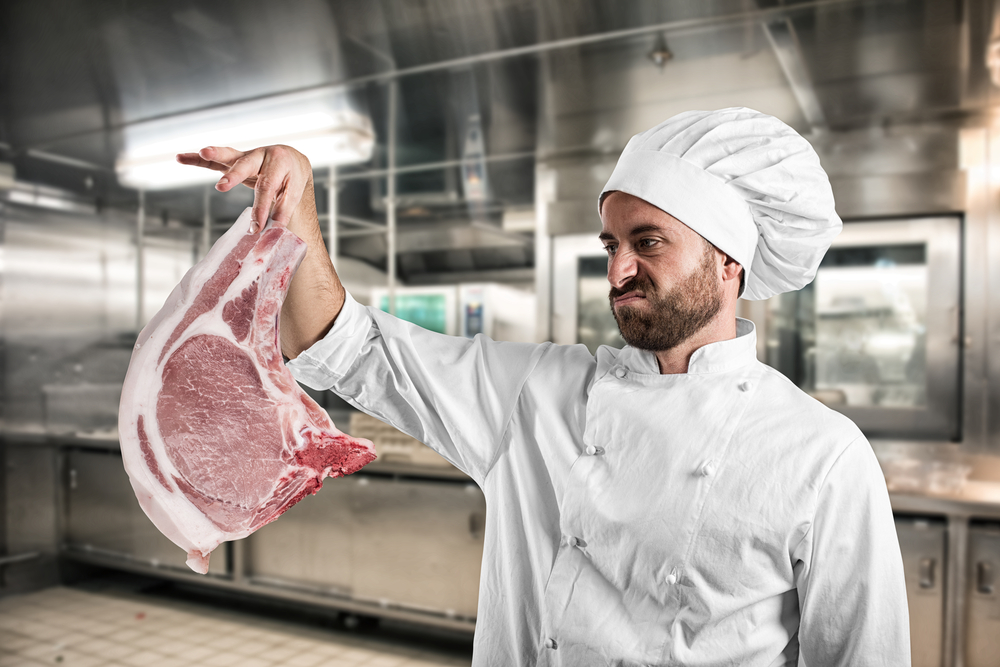
A Broader Reckoning in the Fake-Meat Industry
Beyond Meat’s decline has sent shockwaves through the entire alt-protein landscape. Competitors like Impossible Foods, Oatly, and Eat Just are also reporting slower growth and fading consumer enthusiasm. Analysts now describe the industry as entering a “post-hype plateau.” What once looked like a clean, scalable solution to climate anxiety now seems more complicated—and less appetizing—than imagined.
The biggest challenge is perception. Early marketing equated “plant-based” with “healthy,” but nutritionists point out that many of these products are high in sodium, saturated fat, and chemical additives. They are not unhealthy per se—but they are not kale salads either. Environmental gains, too, are murkier than once advertised: while plant-based meats emit fewer greenhouse gases than beef, their production consumes significant water and energy, narrowing the supposed ecological advantage.
In response, a new wave of startups is pivoting toward more sophisticated approaches—precision fermentation, cultivated (lab-grown) meat, and hybrid proteins that blend plant and animal cells. These ventures aim to fix what Beyond could not: flavor, texture, and scalability. The next chapter of sustainable eating may depend less on celebrity branding and more on deep food science, transparent labeling, and consumer trust.
Lessons and Reflections
Beyond Meat’s implosion is not merely a corporate failure—it is a cultural mirror. It reveals how moral enthusiasm and market optimism can outpace human behavior. Consumers want to do the right thing, but not at the expense of flavor or affordability. Real sustainability must seduce the senses before it can save the planet.
For entrepreneurs, the takeaway is clear: a compelling story may win headlines, but only consistent satisfaction wins loyalty. Beyond Meat mistook media momentum for market validation. Like many tech-born ventures, it tried to disrupt a realm where disruption meets its limits—the dinner table.
And for Gates, and for the technocrats he symbolizes, the story offers a humbling lesson: not everything can be solved through engineering. Food is not software; appetite is not a user interface. Beyond Meat may never become the future of eating, but its rise and fall have illuminated something deeper about progress itself. Innovation can change the world—but only when it honors the messy, flavorful, beautifully irrational humanity at its heart.
News in the same category

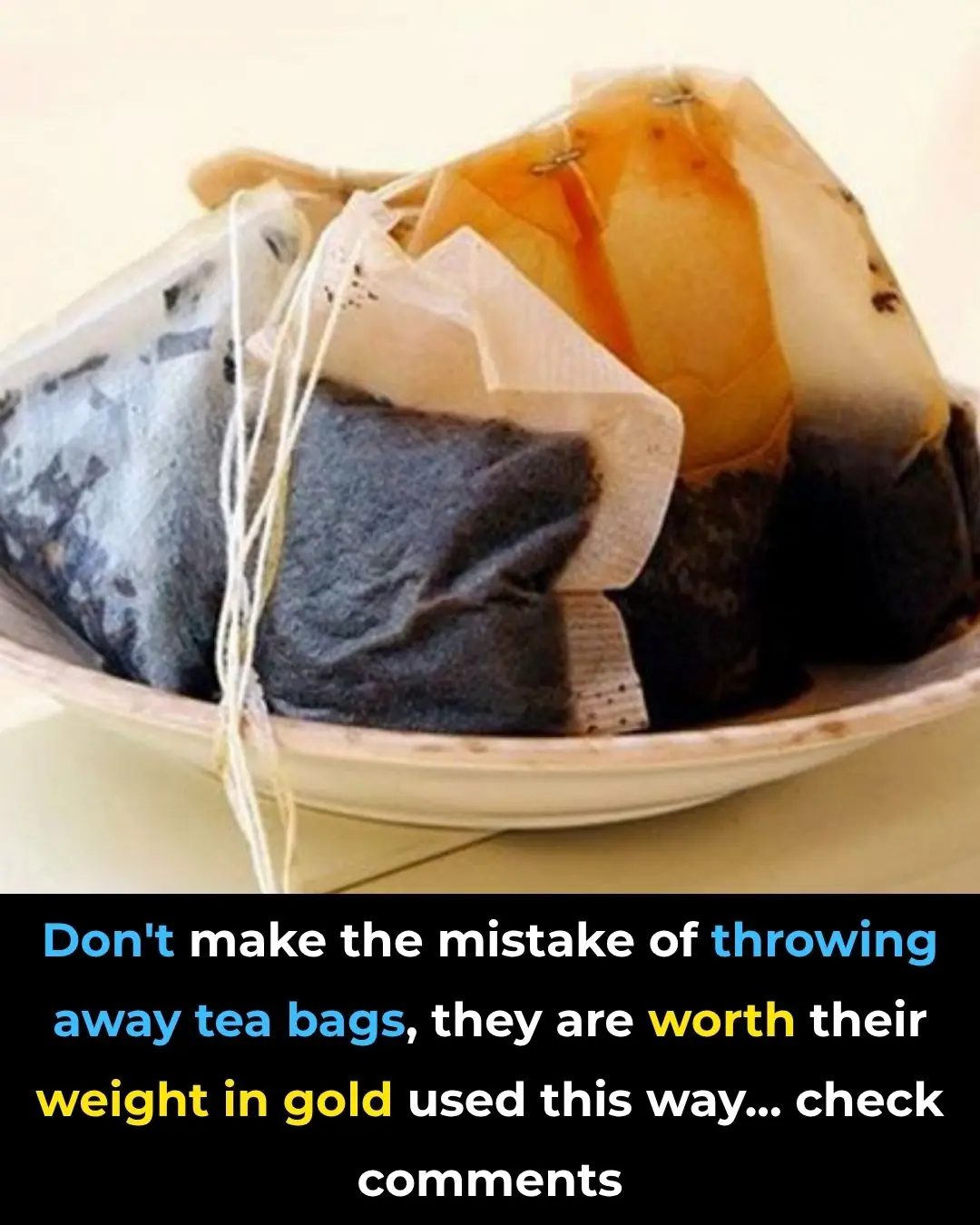
7 Clever DIY Uses for Used Teabags That Will Make You Think Twice Before Tossing Them
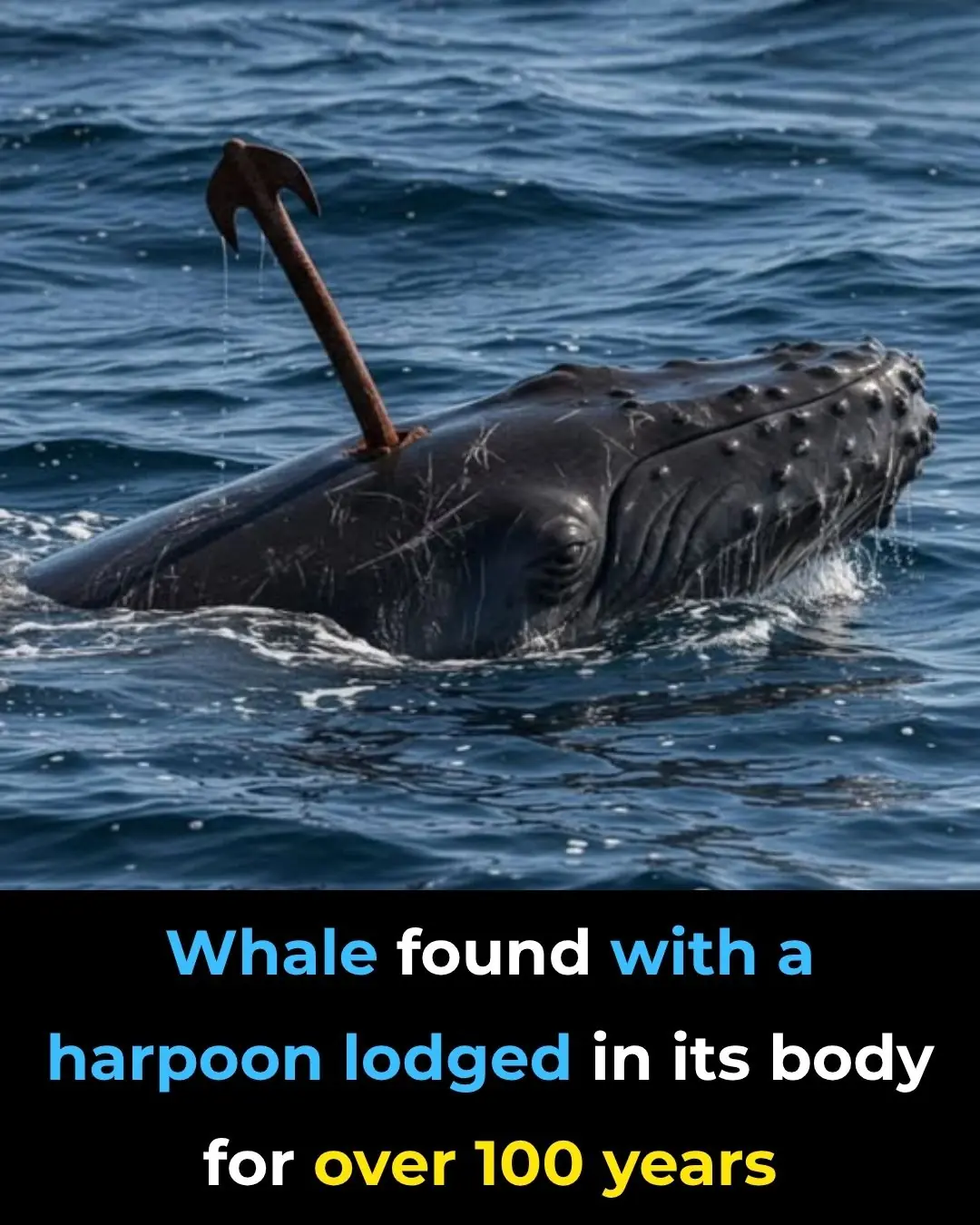
The Whale That Carried History In Its Neck For Over 100 Years

Denver Bans the Sale of Dogs, Cats, and Rabbits, Paving the Way for More Shelter Adoptions

If you rub these 2 points behind your knees, this is the effect on your body

Its true meaning you probably don't know

Steps to Take When Your Adult Children No Longer Show Respect

DC Woman Wins Landmark Case After Suing Neighbor Over Overpowering Weed Smell

According To This Psychologist, A Dirty Car Can Reveal A Lot About Your Personality

Most drivers don't know the purpose of the car door hook

Most people don't know the meaning of wearing an ankle bracelet

What Clutter and Neglect Might Be Saying

Why the “Good Side” of Your Fence Should Face Your Neighbor

If a Man Doesn’t Appreciate You, Here’s What You Should Do

Baba Vanga’s List Of Predictions For The Next 75 Years Revealed And They’re Seriously Terrifying

LEGO Builds Confidence in Young Patients Facing MRI Scans

Sweden Becomes the First Nation to Turn Travel Into Medicine — Doctors Can Now ‘Prescribe’ a Trip for Wellness

What Does It Mean When the Departed Visit Our Dreams?
News Post

Angel the Traveling Cat Launches Global Campaign: “We Are Not Baggage, We Are Living Beings”

The Tie of Humanity: When a Simple Gesture Bridges Two Lives

A Lesson in Compassion: How One Encounter Changed My Perspective

“Yes, I Want Her”: A Mother’s Powerful Response and a Daughter’s Journey of Belonging

Robert Redford and the Lessons of the Horse Whisperer.

Heroes in the Flames: The Firefighters Who Saved More Than Lives.

When Hopscotch Became a Miracle.
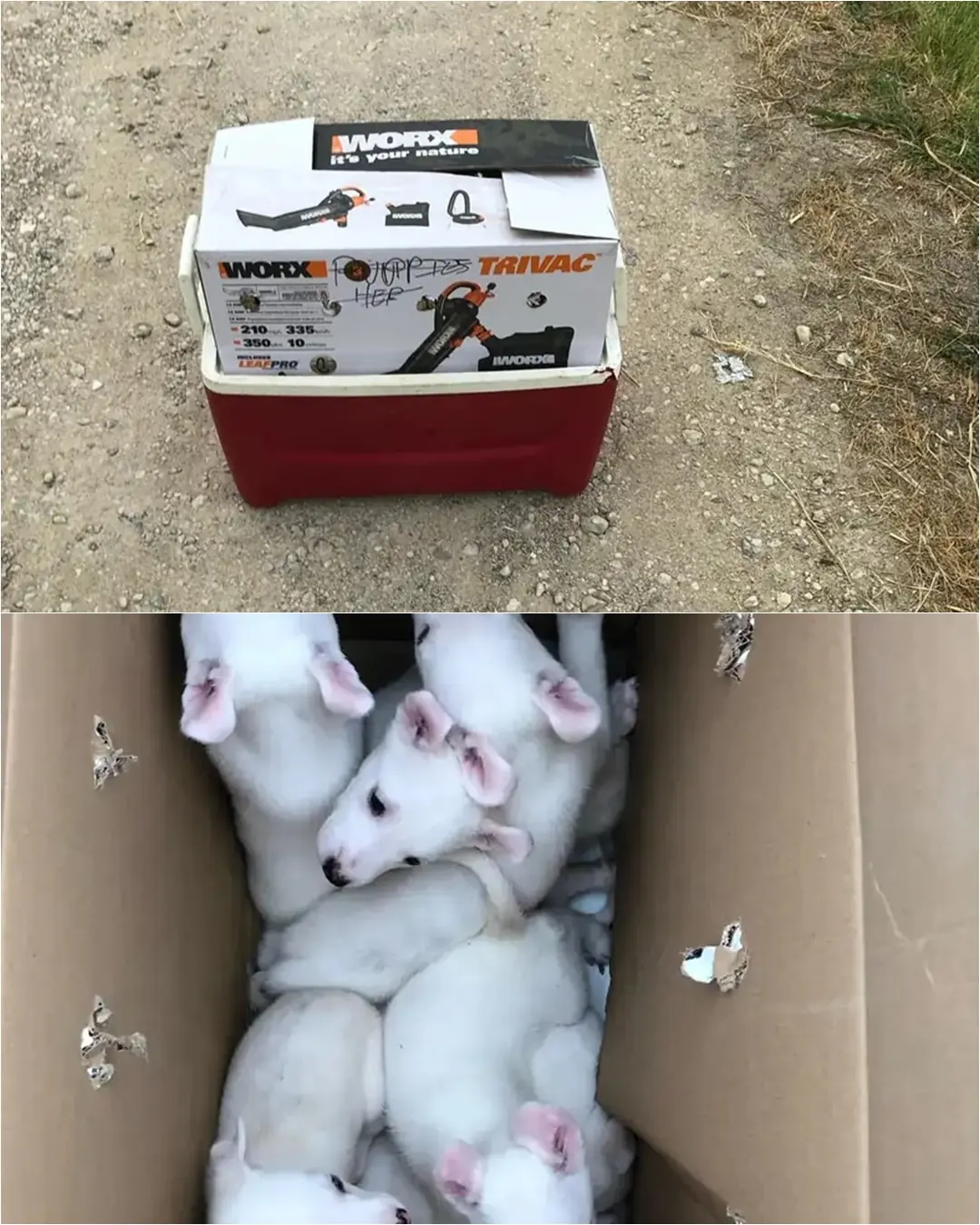
The Puppies in the Box: A Story of Rescue and Second Chances.

When Rescue Becomes Family: The Story of Baby Joy and KT.

A Mother’s Worst Fear—and a Community’s Relief.

How to Get Rid of Constipation: The Best Home Remedies That Really Work
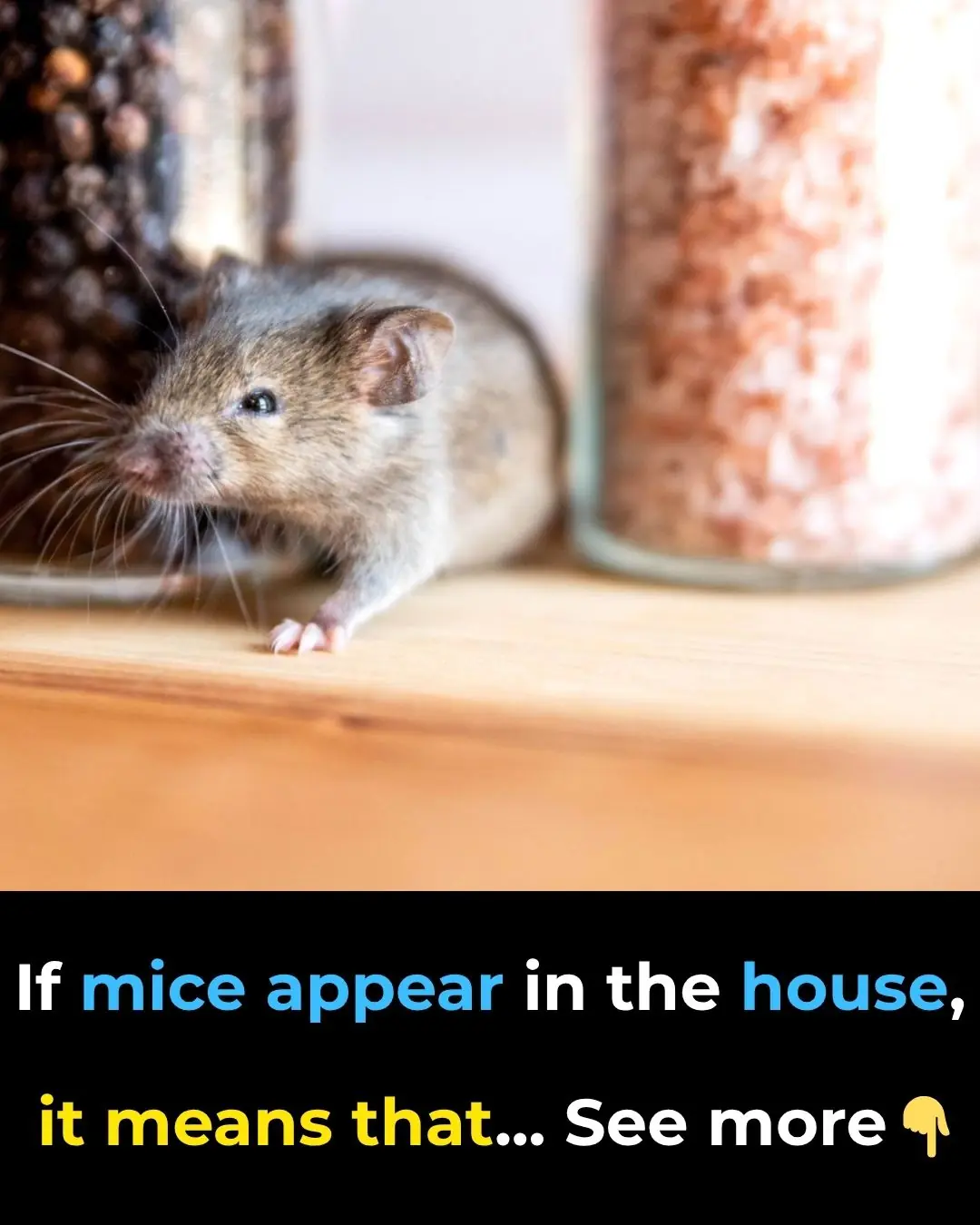
If mice appear in the house, it means that...

7 Common Health Issues That Keep Appearing Could Be Early Warning Signs of Cancer

Small Life Hacks That Can Be Life-Saving

How to Sharpen Dull Scissors Without a Sharpening Stone: Simple and Effective Method
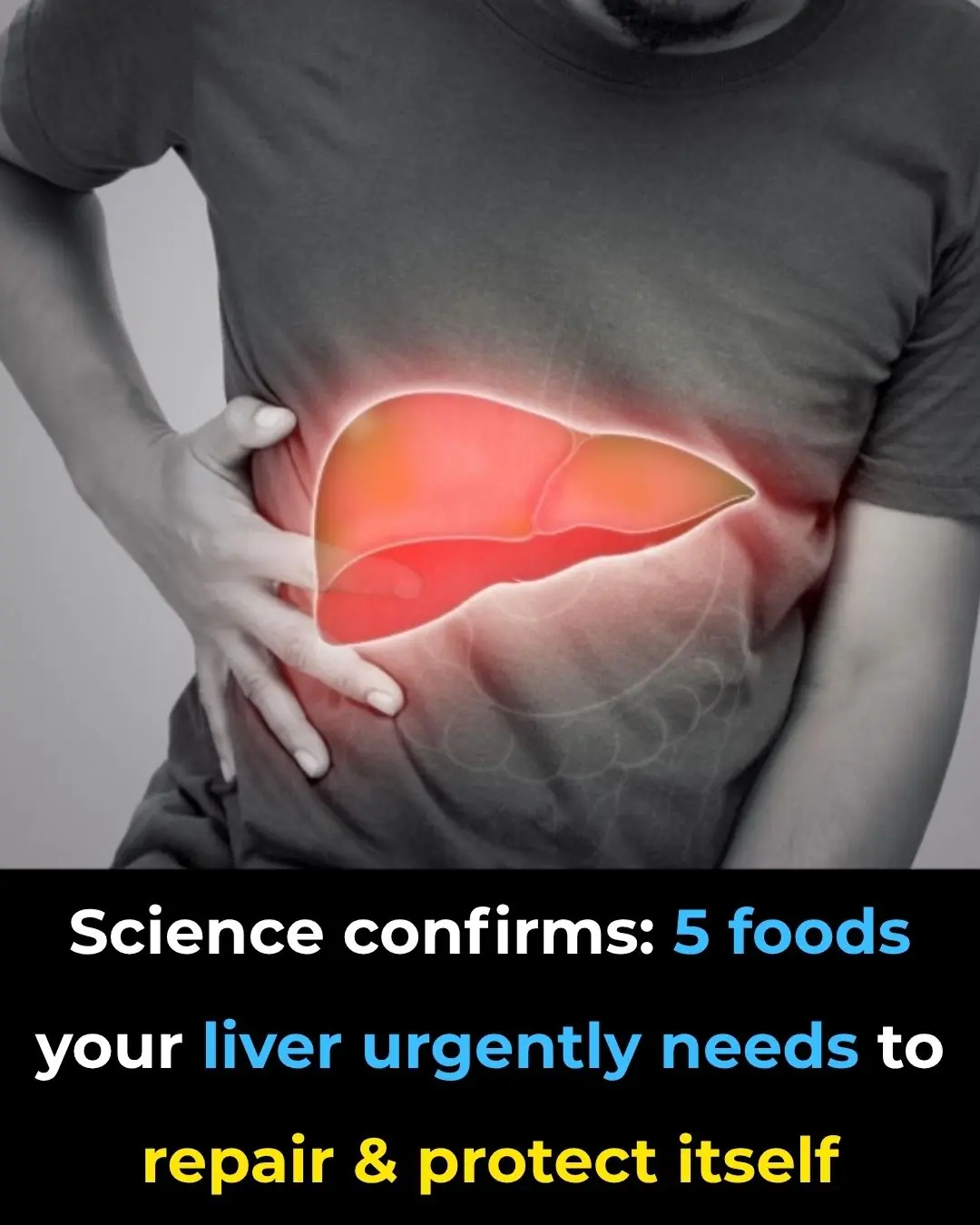
The Best Scientifically Proven Foods to Cleanse Your Liver

Flush the toxins silently damaging your kidneys — with these 13 powerful cleansing foods
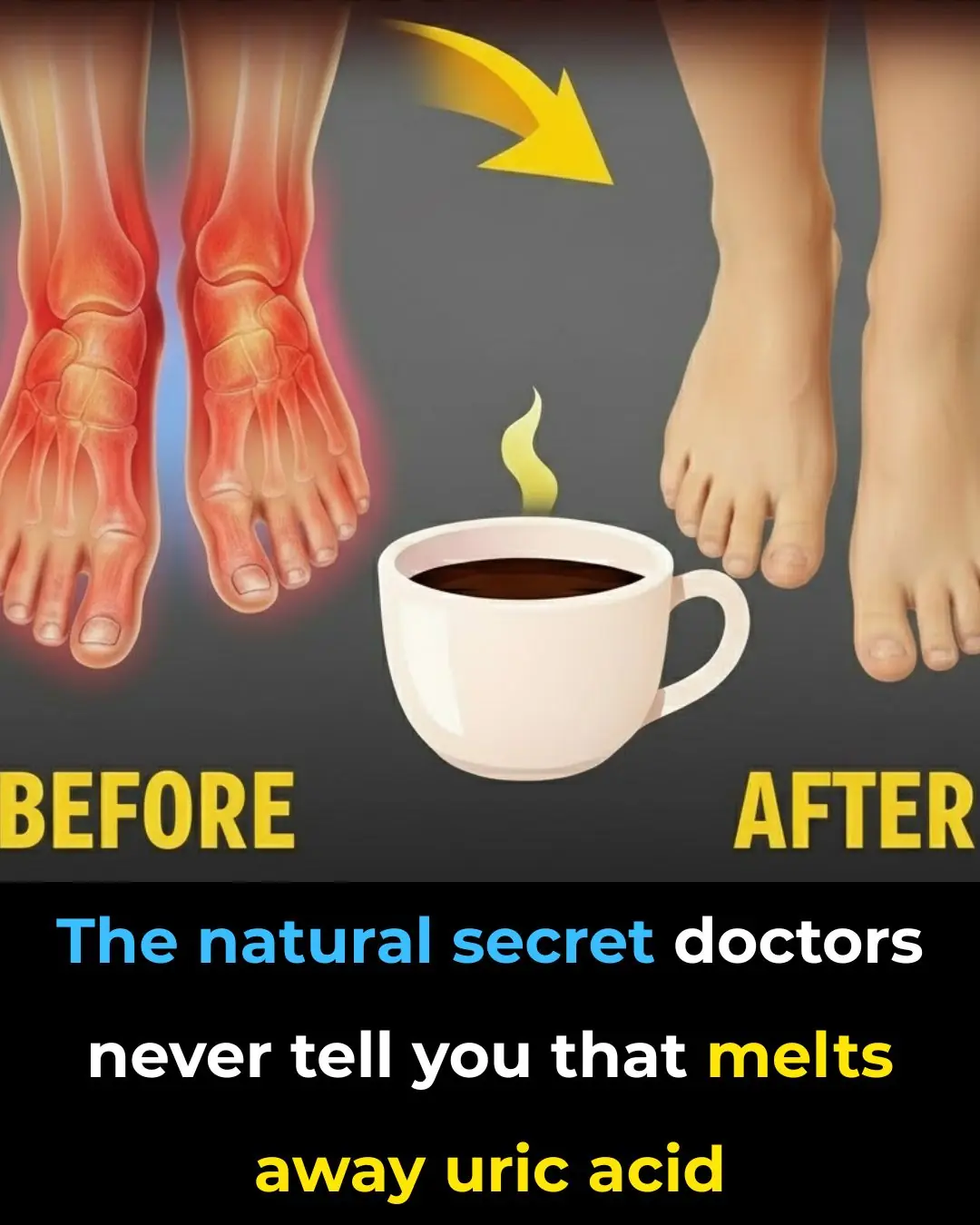
The Best Natural Gout Treatments: Remove Uric Acid Crystallization To Prevent Gout And Joint Pain

4 things your hands could be telling you about the health of your kidneys
